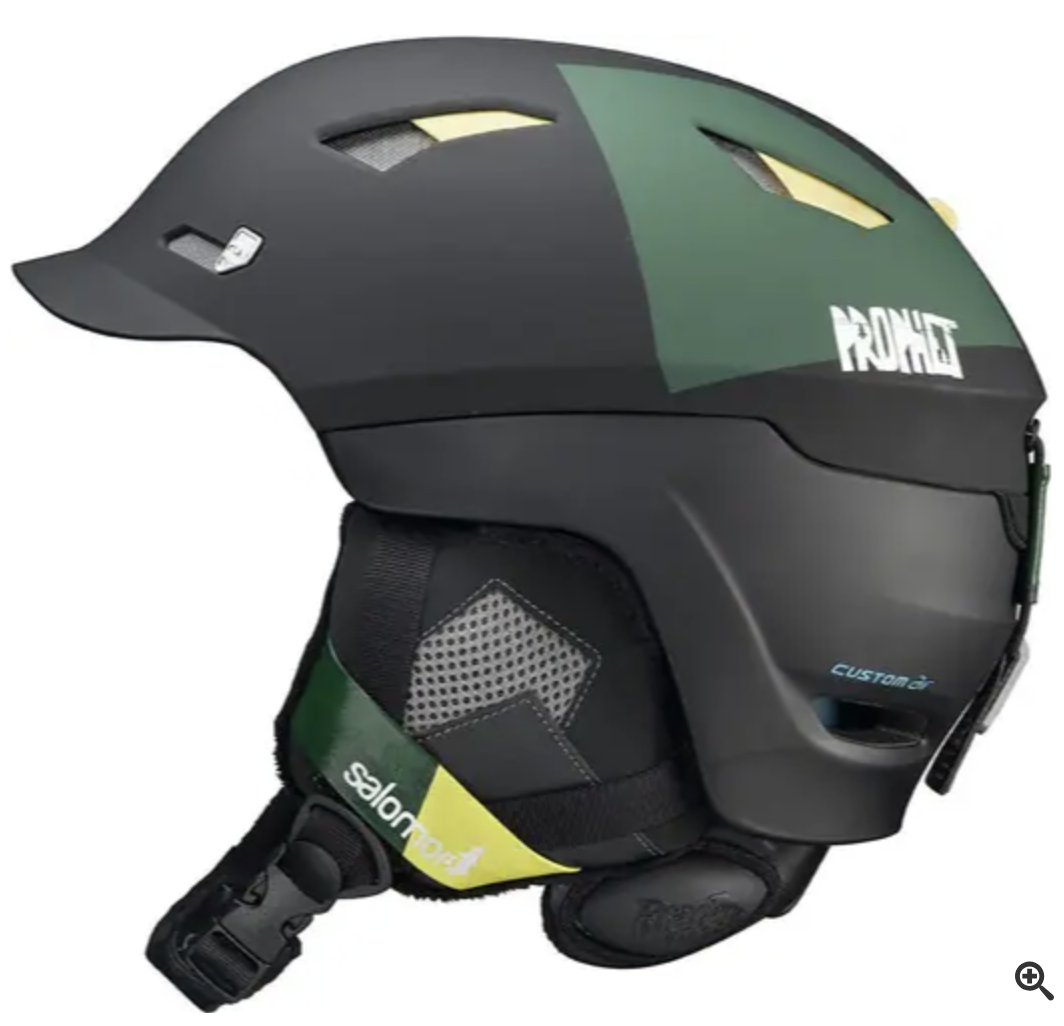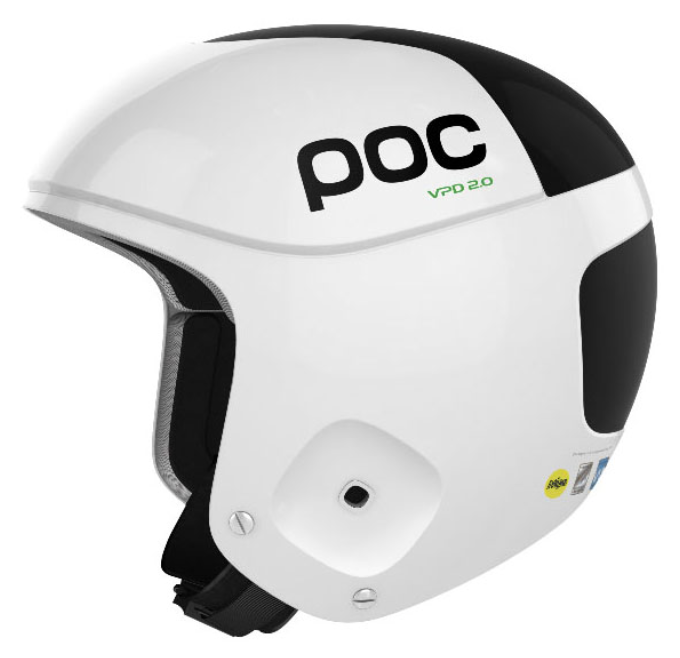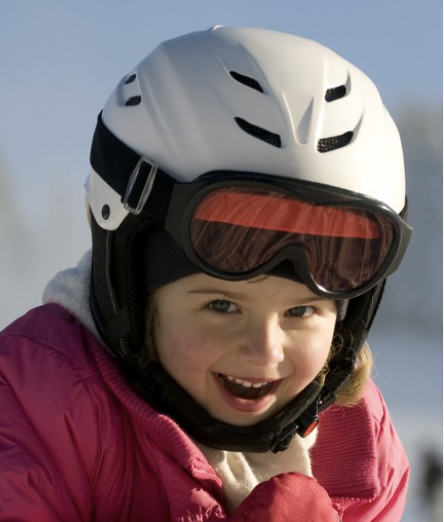Advancements in Ski Helmet Safety
Ski helmet technology has evolved significantly, with manufacturers continuously improving impact protection, comfort, and performance. From cutting-edge materials to smart helmet technology, today’s ski helmets are safer and more effective than ever.
Here’s a breakdown of the latest innovations in ski helmet safety:
Multi-Impact Protection
Traditional helmets were designed to withstand a single major impact, meaning they often needed to be replaced after a crash. Modern ski helmets now incorporate multi-impact protection, which allows the helmet to absorb and distribute impact forces over multiple collisions. This technology extends the helmet’s lifespan and enhances continuous protection throughout a fall.
Key Innovation: Multi-Density EPS (Expanded Polystyrene) foam layers absorb different levels of impact force, reducing damage from minor hits while still protecting against severe impacts.
MIPS Technology (Multi-Directional Impact Protection System)
One of the most significant breakthroughs in helmet safety, MIPS technology helps reduce rotational forces on the brain caused by angled impacts.
How It Works: A low-friction slip-plane inside the helmet allows the outer shell to rotate slightly upon impact, reducing strain on the brain from twisting motions.
Why It Matters: Many ski falls happen at an angle, making rotational impacts a major risk for concussions. MIPS significantly lowers this risk.

Advanced Shell Materials for Strength & Weight Reduction
Helmet manufacturers use stronger, lighter materials to enhance protection while keeping helmets comfortable and lightweight.
Materials in Modern Ski Helmets:
Carbon Fiber & Aramid (Kevlar): Ultra-strong, lightweight, and impact-resistant.
Polycarbonate & ABS Plastic: Durable and cost-effective options.
In-Mold Construction: Fuses the outer shell and foam liner together for better impact absorption without added bulk.
These materials increase protection without adding unnecessary weight, improving overall comfort.

Customizable Fit Systems for Maximum Safety
A properly fitting helmet is crucial for protection. Advanced fit systems ensure a secure, comfortable, and adjustable fit.
Dial-Fit & BOA Systems: Allow micro-adjustments for a snug, precise fit.
Adjustable Straps & Padding: Help fine-tune comfort and security.
Custom Molded Liners: Some high-end helmets offer custom heat-molded liners for a personalized fit.
A well-fitted helmet stays securely in place during a fall, maximizing protection.

Prophet Custom Air Ski helmet
Improved Ventilation Systems for Comfort
Modern ski helmets feature adjustable ventilation systems to regulate airflow and prevent overheating.
Types of Ventilation Systems:
Adjustable Vents: Open or close vents depending on weather conditions.
Passive Ventilation: Pre-set vents that allow continuous airflow.
Goggle Vent Integration: Channels warm air away from goggles to reduce fogging.
These systems help maintain comfort, whether skiing in freezing temperatures or during warm spring conditions.

Seamless Integration with Goggles
A poor helmet-goggle fit can cause gaps, discomfort, or fogging. Manufacturers now design helmets to integrate perfectly with goggles, ensuring:
A secure fit that eliminates forehead gaps.
Optimized airflow to reduce lens fogging.
Magnetic goggle attachment systems in some high-end models.
A well-integrated system enhances both visibility and protection on the slopes.

Salomon
Smart Helmet Technology: Safety & Connectivity
Some high-tech helmets now include built-in features to enhance safety and communication:
Impact Sensors: Detect significant impacts and send alerts to emergency contacts.
Built-in Audio & Bluetooth: Allows hands-free calls, music streaming, and two-way communication.
GPS & Avalanche Beacon Integration: Helps locate skiers in backcountry conditions.
These smart helmets increase safety awareness and add convenience for tech-savvy skiers and snowboarders.

Compliance with Stringent Safety Standards
All ski helmets must meet industry safety certifications to ensure they provide proper protection. Look for:
ASTM F2040 (USA) – Standard for recreational snow sports helmets.
CE EN1077 (Europe) – European certification for ski and snowboard helmets.
CPSC (USA) – Covers multiple sports, including skiing and snowboarding.
A certified helmet meets rigorous impact and penetration resistance standards, ensuring reliable protection.

Increased Head Coverage for Enhanced Protection
Newer helmets extend coverage to protect more of the back and sides of the head, reducing the risk of injuries from rearward and side impacts.
Extended Rear Coverage: Helps protect against backward falls.
Lower Side Panels: Offers extra protection in high-speed crashes.
More coverage means better overall protection in unpredictable crash scenarios.

Education & Helmet Awareness Campaigns
With increased awareness of the importance of wearing a helmet, more skiers and snowboarders prioritize head protection.
How Awareness is Growing:
Ski resorts & safety organizations actively promote helmet use.
Rental shops include helmets in gear packages.
Professional skiers and snowboarders advocate for helmet use.
The combination of education, better designs, and improved safety standards has led to greater adoption of helmets in snow sports.
The Future of Ski Helmet Safety
With ongoing advancements in materials, design, and technology, ski helmets are safer, lighter, and more comfortable than ever.
Future improvements may include:
AI-powered impact analysis for real-time feedback on helmet condition.
Enhanced connectivity with emergency response systems.
Eco-friendly materials for sustainability in helmet production.
As ski helmet safety continues to evolve, one thing remains clear—wearing a properly fitted, high-quality helmet is essential for protecting yourself on the mountain.
Always wear your helmet—safety never goes out of style!
